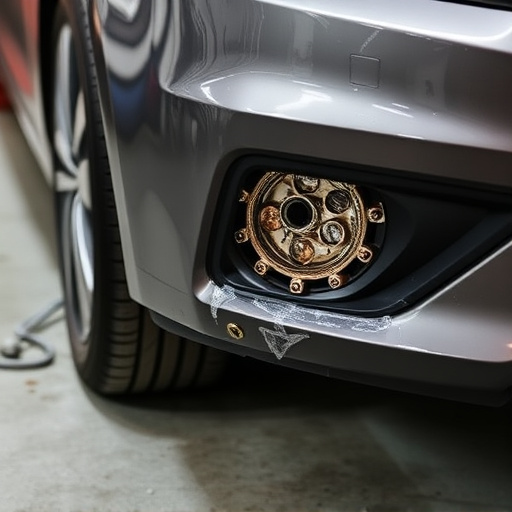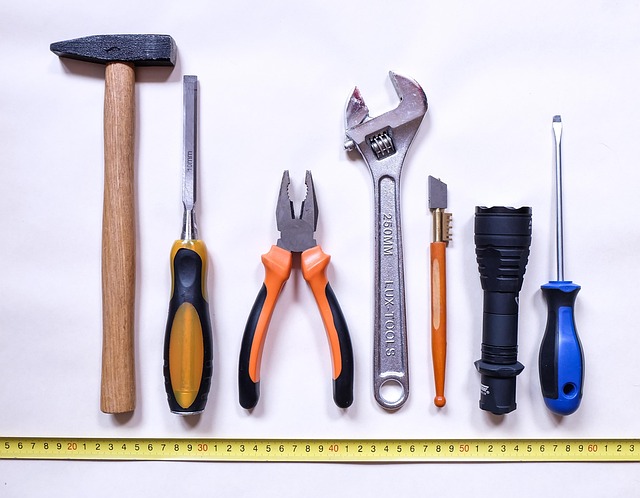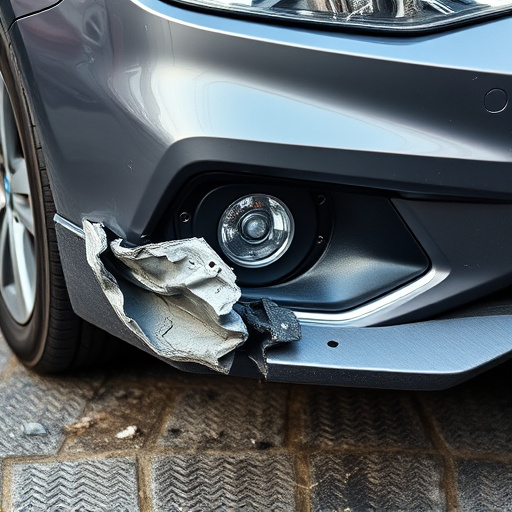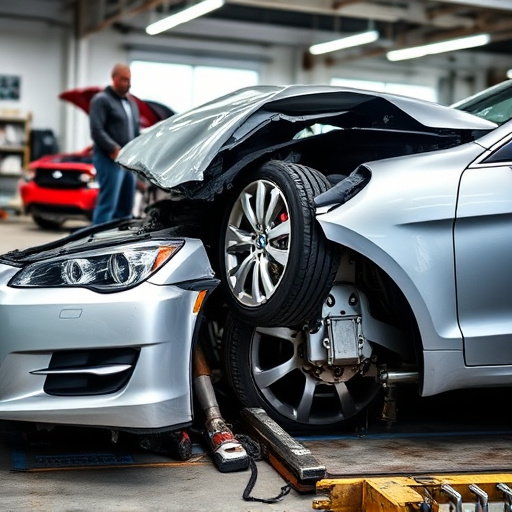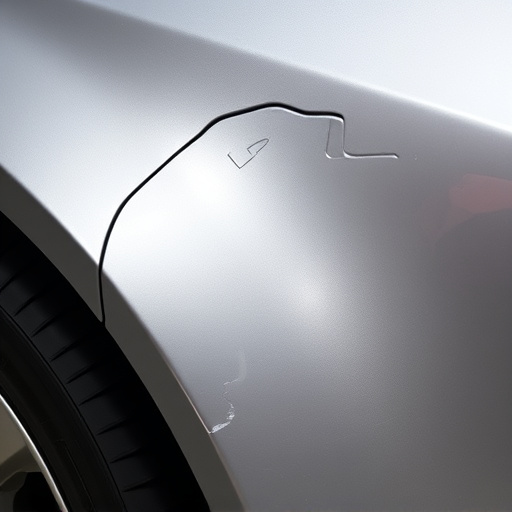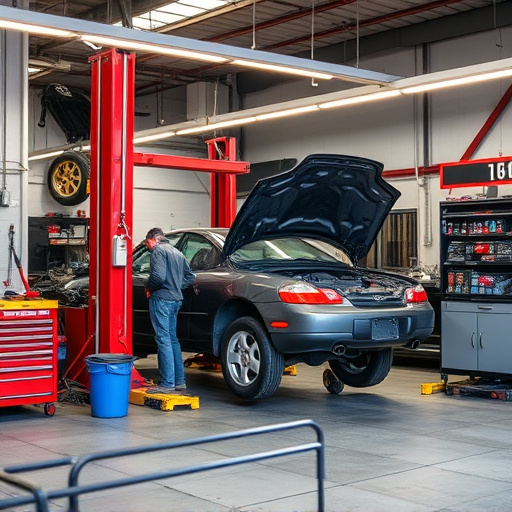Pre-authorization screens vehicle damage, sets budgets, and ensures manufacturer guidelines & safety standards, paving the way for the repair approval process. This detailed assessment guarantees structural integrity, aesthetic accuracy, transparency, accountability, and informed decisions for customers during auto body repairs. Once approved, professionals execute and track changes, restoring vehicles with meticulous care.
In the realm of managing facilities or insurance claims, understanding the nuances between pre-authorization and repair approval processes is paramount. This article delves into these two critical procedures, providing insights on their distinct roles and implications. We explore how pre-authorization serves as the initial step, setting the stage for the subsequent repair approval process. By highlighting key differences and post-approval execution, this guide offers a comprehensive overview, empowering readers to navigate these processes effectively in today’s digital era.
- Pre-Authorization: Initial Step and Its Role
- Repair Approval Process: Key Differences
- Post-Approval: Execution and Tracking Changes
Pre-Authorization: Initial Step and Its Role
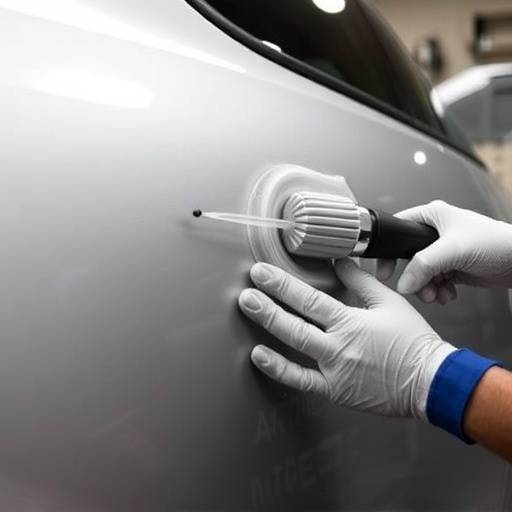
Pre-authorization serves as the initial step in the repair approval process, acting as a critical gateway for both customers and auto body shops. This pre-screening phase involves assessing the extent of damage to a vehicle, typically following a collision or incident. By conducting this evaluation, insurance providers and authorized assessors can determine whether the car is eligible for repair and establish a preliminary budget for the work required.
This process is vital in ensuring that only authorized and necessary repairs are carried out at an auto body shop, aligning with the vehicle’s manufacturer guidelines and safety standards. It also offers customers peace of mind, knowing their insurance company has approved the recommended repairs before they commit to any costly car bodywork services.
Repair Approval Process: Key Differences
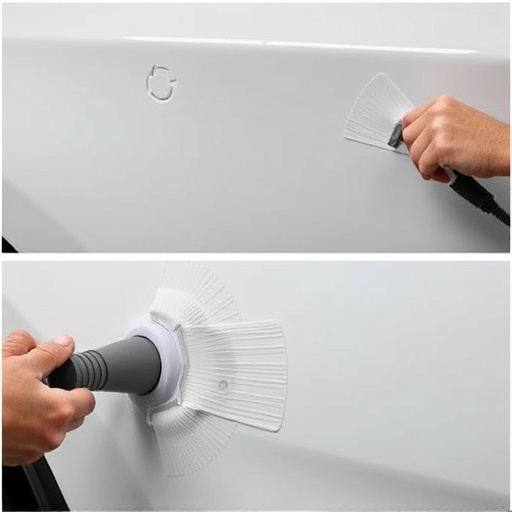
The repair approval process plays a pivotal role in ensuring that car body repairs are carried out to the highest standards. Unlike pre-authorization, which is typically a preliminary step, the repair approval process involves a more comprehensive evaluation of the damage and the proposed repair plan. This crucial distinction lies in the level of detail and scrutiny applied; while pre-auth provides a basic go-ahead, repair approval delves deeper into the specifics of the car body repair.
In a car body shop, the repair approval process scrutinizes every aspect of the collision repair, from assessing the extent of damage to verifying that replacement parts meet specific quality standards. This meticulous approach guarantees that the final collision repair not only restores the vehicle’s structural integrity but also matches the original aesthetics and performance. It’s a process designed to protect both the customer’s investment and the reputation of the shop, ensuring peace of mind for all parties involved.
Post-Approval: Execution and Tracking Changes

After a repair approval process is finalized, the actual execution and tracking of changes become paramount. This stage involves the skilled hands of auto repair near me professionals who transform the approved work order into reality. They meticulously address each identified issue, utilizing quality car repair services to restore the vehicle to its optimal condition.
Effective post-approval tracking ensures transparency and accountability throughout the automotive body work process. By keeping detailed records, customers can easily monitor the progress of their vehicle’s repairs, fostering trust in the overall repair approval process. This meticulous approach not only guarantees that all approved changes are implemented correctly but also empowers owners to make informed decisions regarding future maintenance needs, ensuring their peace of mind on the road.
Understanding the distinctions between pre-authorization and repair approval processes is crucial for efficient project management. Pre-authorization sets the stage, enabling initial assessments and planning. The repair approval process, however, delves into more detailed considerations, including cost estimates and part availability. Post-approval, successful execution and tracking changes ensure projects stay on course. By navigating these steps effectively, professionals can streamline repairs, minimize disruptions, and achieve desired outcomes. This optimized approach enhances overall project performance, making it essential for those in the industry to be well-versed in both pre-authorization and repair approval processes.
